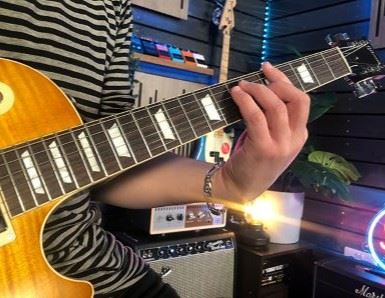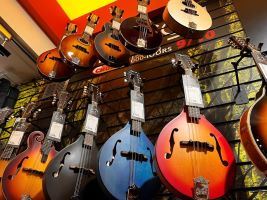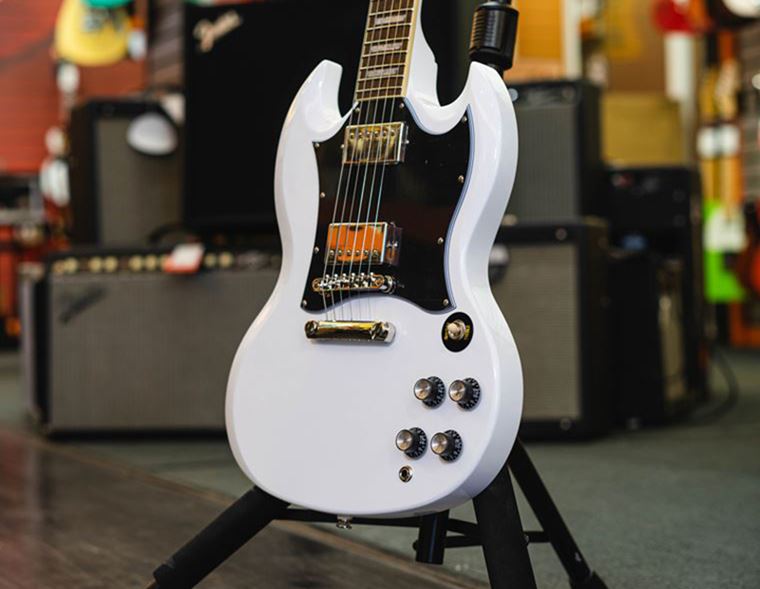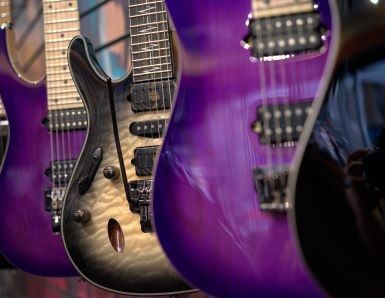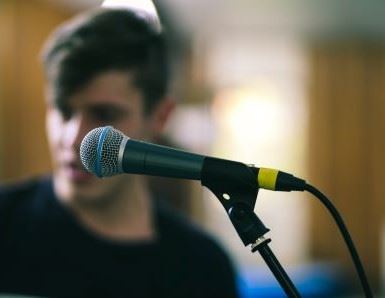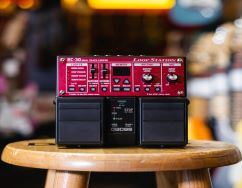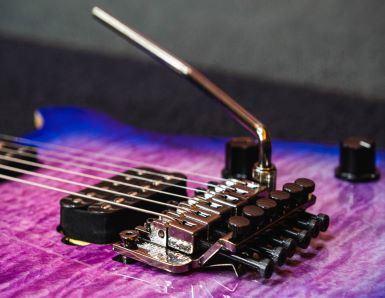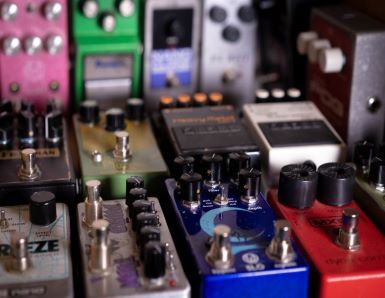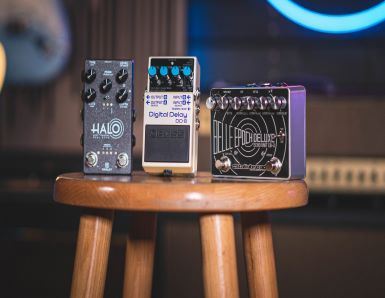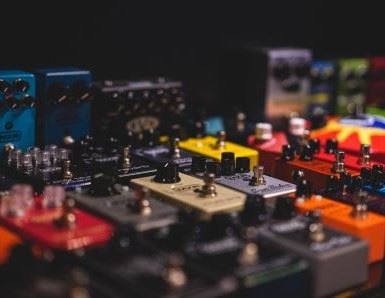It’s All About the Boost Pedal
Published on 04 May 2022
Disclaimer: The information in this article is provided by the guest blogger and does not necessarily reflect the views and opinions of guitarguitar.
The boost pedal is not the most glamorous pedal. When you think about buying a new pedal – when GAS (Gear Acquisition Syndrome) demands that you buy something new – a boost pedal is not the first thing that comes to mind! It sits near the bottom of the wanted list, languishing with Buffer and EQ pedals.
I am here to tell you that this should not be the case! Boost pedals are amazing and could be just the thing you are missing from your tonal arsenal. From tone shaping to boosting your solo – these unsung heroes deserve a second look.
What is a Boost Pedal?
First, let’s look at what boost pedals actually are. They come in several different flavours, each with their own unique quirks and uses. At a basic level, they are designed to increase the overall output volume of your guitar. They differ from an overdrive in that they are not designed to add clipping, at least not to the level of an overdrive – they are there to push other pedals or an amp. Let's take a look at some of the best boost pedals available for your sound.
Clean Boost
This is the simplest boost, usually consisting of just one control – a volume. They are meant to just increase your guitar's volume without colouring the tone too much. The Katana from Keeley is a good example. In this case, you can get up to 35dB of boost.
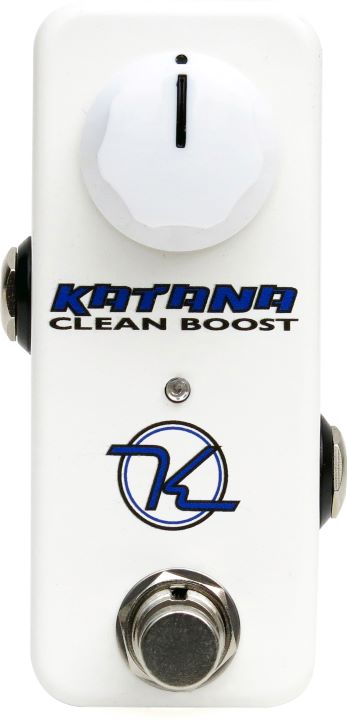
Coloured Boost
A coloured boost differs from a standard clean boost as it adds or removes certain frequencies from your guitar tone. Some may add a more “warm” tone, others might boost the mid-range to make your guitar stand out, some might cut the bass whilst boosting the volume like a treble booster. These can again be simple one control style pedals, such as the MXR Micro Amp M133 Boost.
Or they may have more controls, like EQ and Gain. A nice example of this would be the Catalinbread Skewer. This is a treble booster, similar to a Range Master and has a control to set the high end frequencies that get boosted and a gain control, to start to add some grit to the boost.
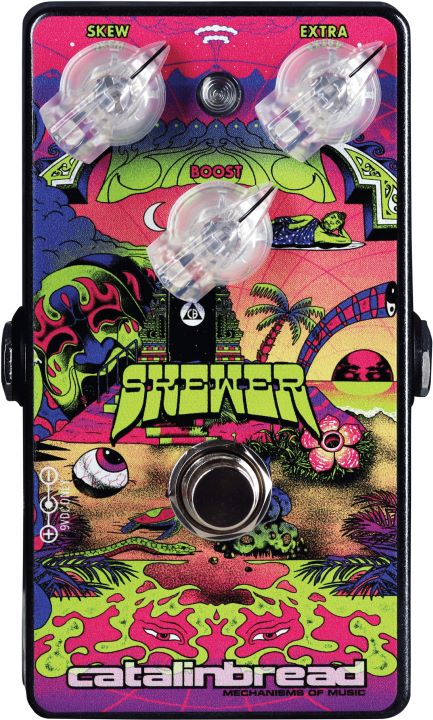
How Do You Use a Boost Pedal?
Now that we know what a boost pedal is, let’s answer the question "what is a boost pedal used for?" Well, here are a few ways in which I use boosts on my pedal board.
Solo Boost
This one is easy. At the end of my effects chain, just before my delay and reverb, I put a simple clean boost that is there just to push my volume by a few decibels to lift me out of the mix for solos. Sometimes I will use a solo boost pedal with a tone control that lets me cut the bass and push the mids a little to help me stand out without needing a huge volume boost, or even a Klon style pedal with the gain all the way down, tone up and volume up – think the J.Rockett Audio Archer. One thing to be careful of when using a solo boost pedal in this way is that you don’t push any pedals after the boost too hard. Some cheaper pedals will clip if the signal is too high for them, giving the effect of distortion rather than the intended boost.
Tone Shaping
At the start of my effects chain, I often have a Rangemaster style treble boost pedal. I actually use a custom built one which includes a bass control as well. The treble boost acts like a “make better” button, enhancing the top end of the guitar tone, whilst not affecting everything else too much. I mean, if it is good enough for Brian May, it’s good enough for me! Another example of using a boost as a tone shaper is using one with some kind of EQ built in.
What Do Boost Pedals Do?
The purpose of a boost pedal is essentially to add extra volume to your guitar signal and add more gain to your amp so you can ramp up your sound to another level.
Push another Pedal
I spent many years running my main drive and distortion pedals at full gain. Whilst this was fun, it was always noisy, unnecessary and left me nowhere to go in terms of saturation. These days I do a lot of gain stacking, putting multiple gain pedals together to create varying levels of saturation. A boost pedal is a fantastic way to bring a distortion pedal or overdrive to life. By pushing a “louder” signal into the gain pedal, you don’t get a big volume boost – but you do get more saturation, making it sound thicker. So for example, I have often used Proco RAT 2 on my board. I set it so that distortion is at about 12 o’clock for general use. But when I want to just thicken it out and give it a bit more edge, I will put a boost pedal in front of it. This is great for solos where you are the only guitar and don’t need to lift out of the mix. It is also a good way to get that “chugging” palm muted sound associated with heavy metal and rock.
Push an Amp
Finally in this list and probably the original purpose of a boost pedal: pushing an amp. If you use a tube amp (also known as valve amp), there are lots of ways to get it to “break up”, to start to clip and get that drive sound. Most of them involve lots and lots of volume! If you use a boost pedal in front of the amp you can force the tubes to clip and saturate without needing to turn the amp’s preamp to 11! Using a coloured boost, you can add saturation and warmth or push the high end for a solo. Superb if you have an amp with only one channel, just as good if you have a drive channel that you want to thicken up!
There are just a few ways that I use boost pedals, but hopefully they will encourage you to look more fondly upon them in the future. A good boost pedal can bring your tone to life in ways that you didn’t realise possible!
Author: Andrzej Marczewski of AM Guitar (www.amguitar.uk)

